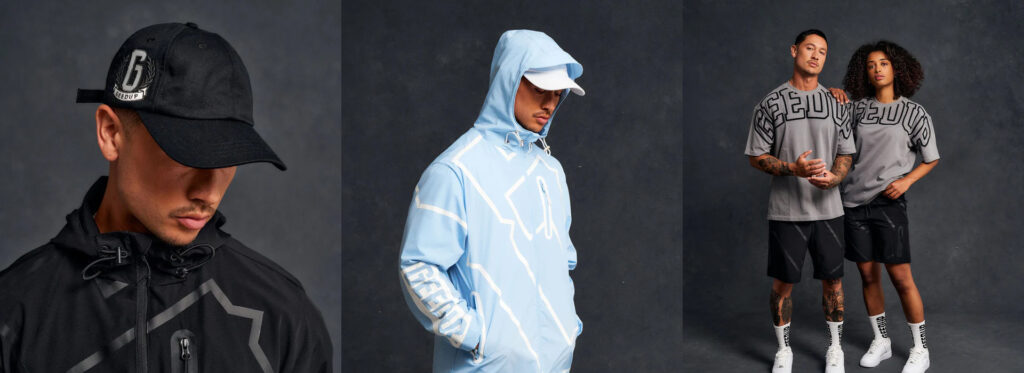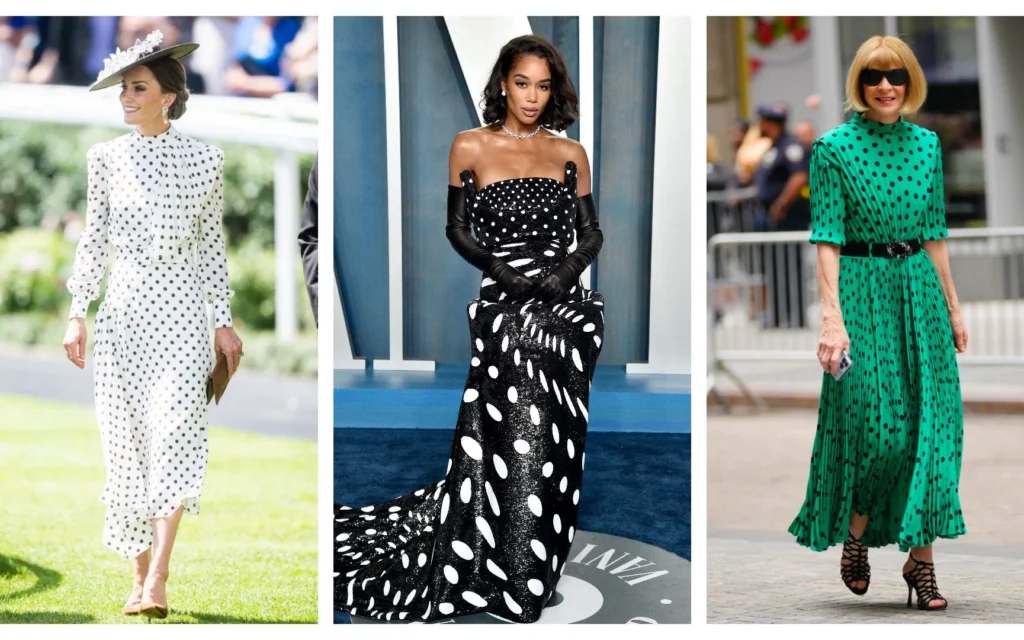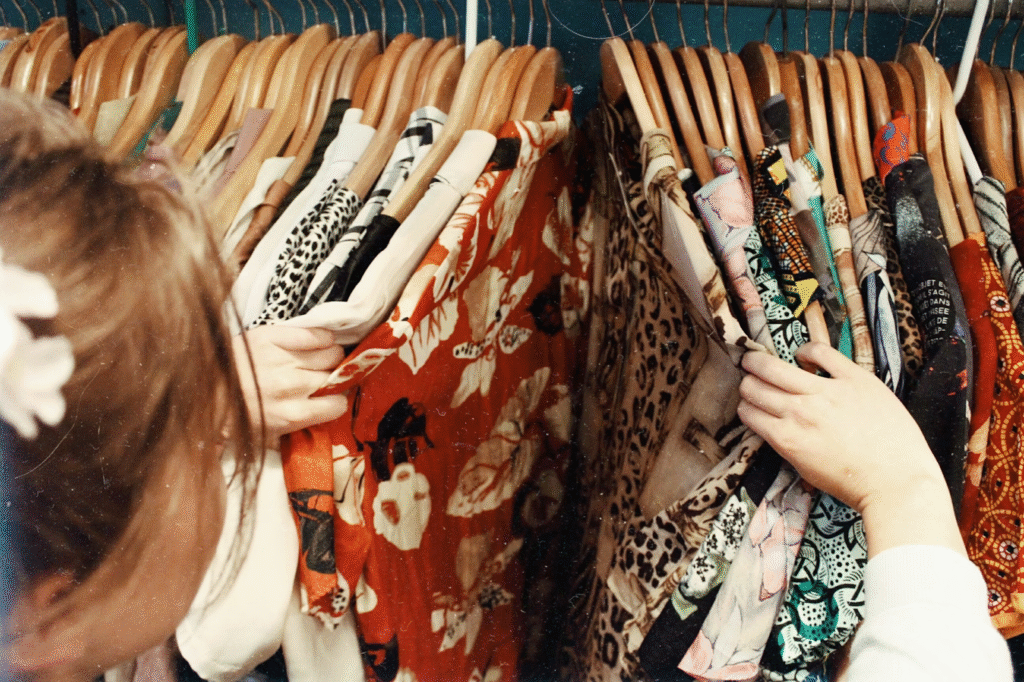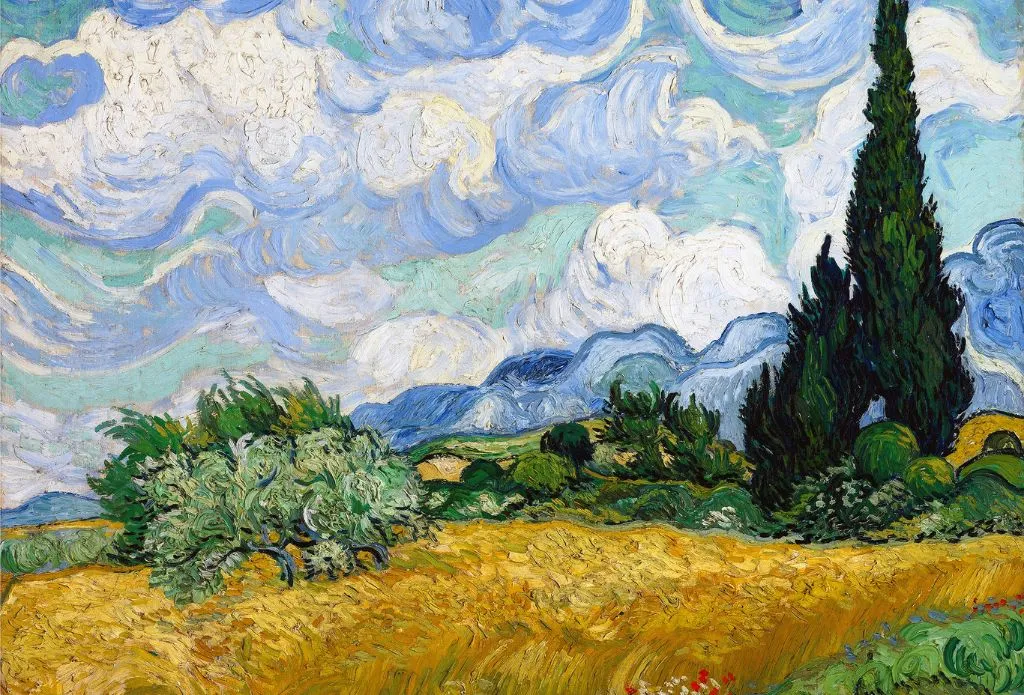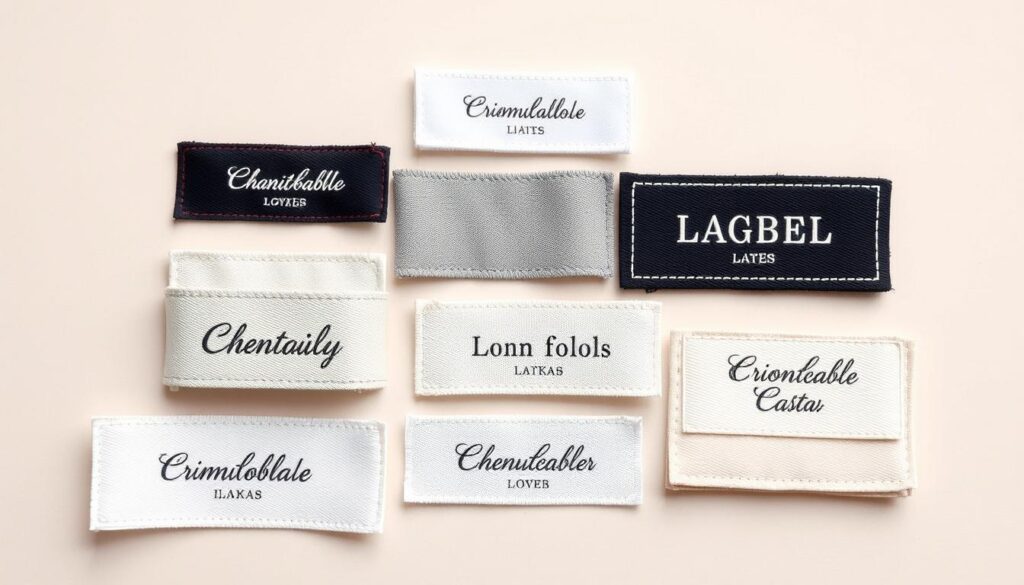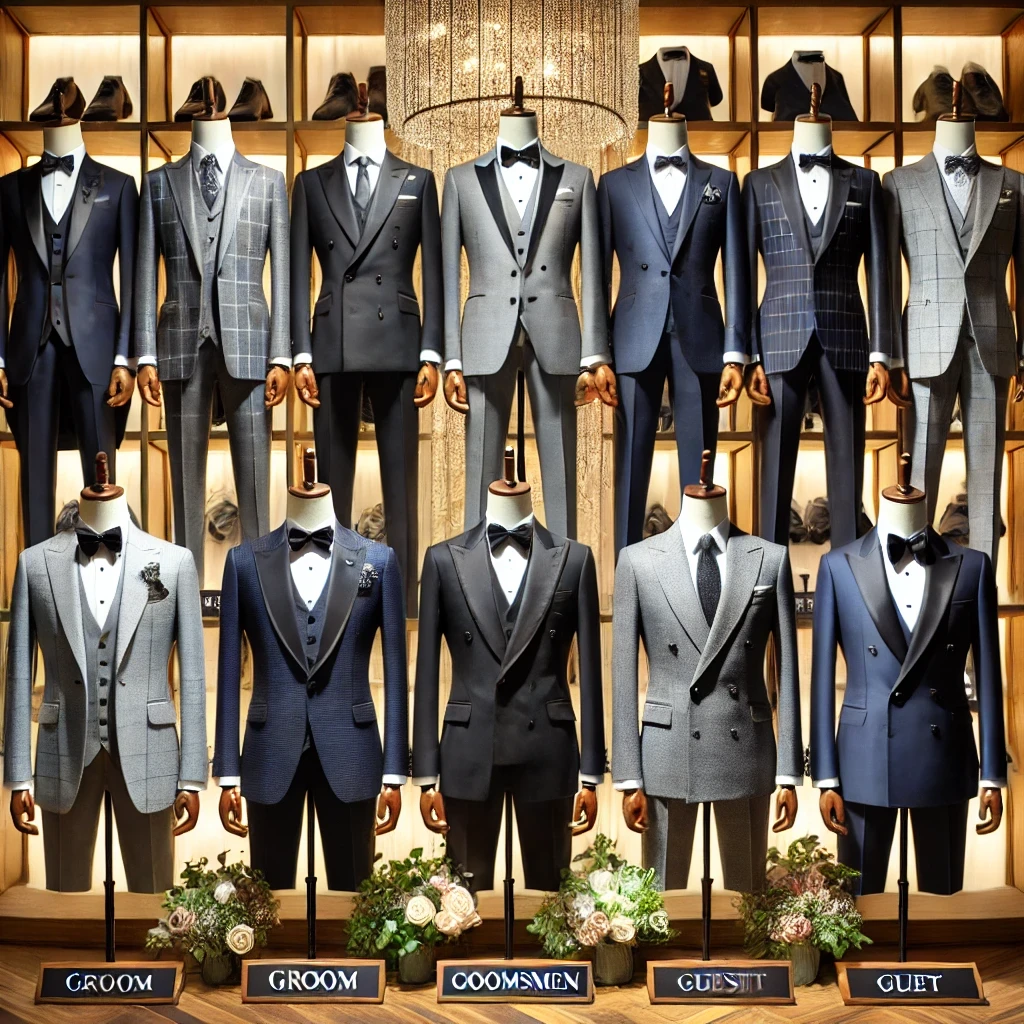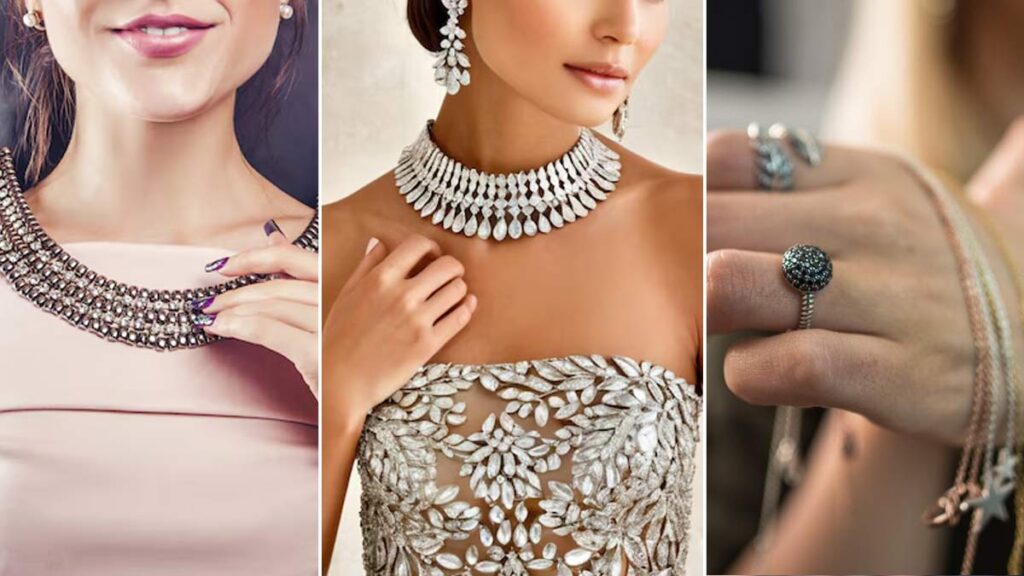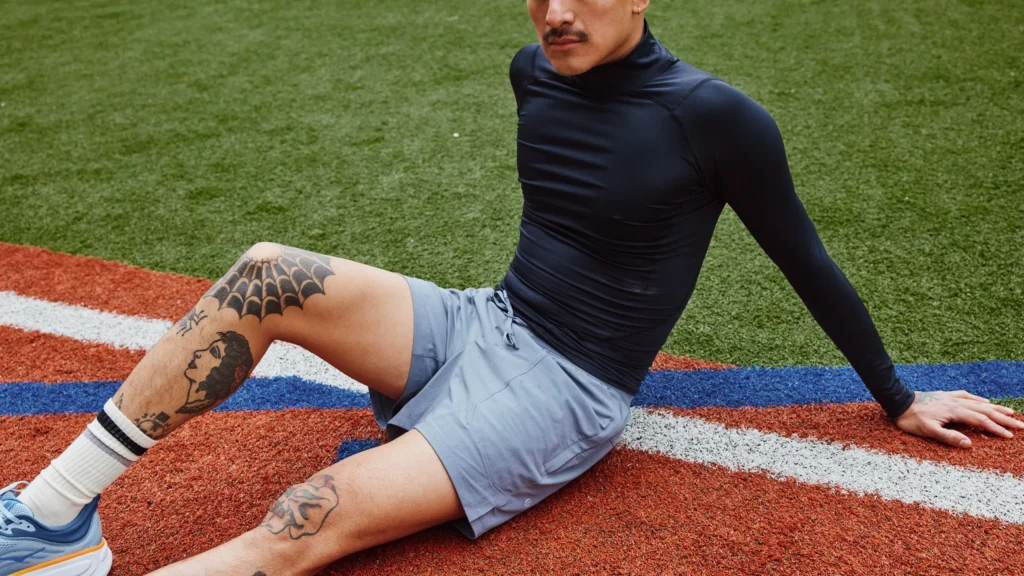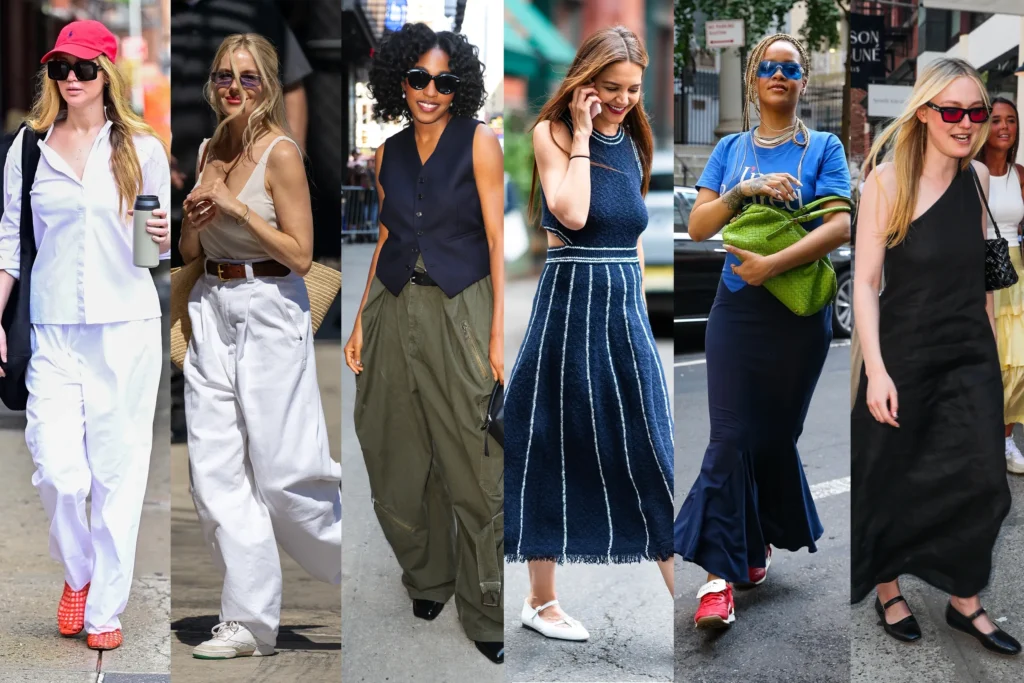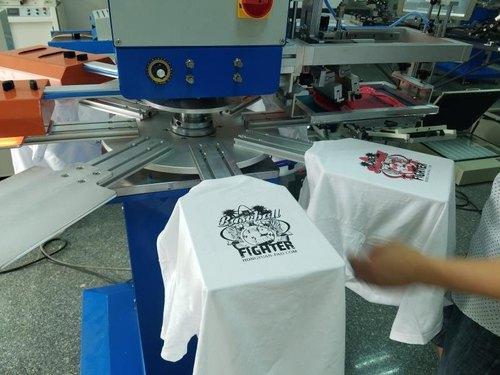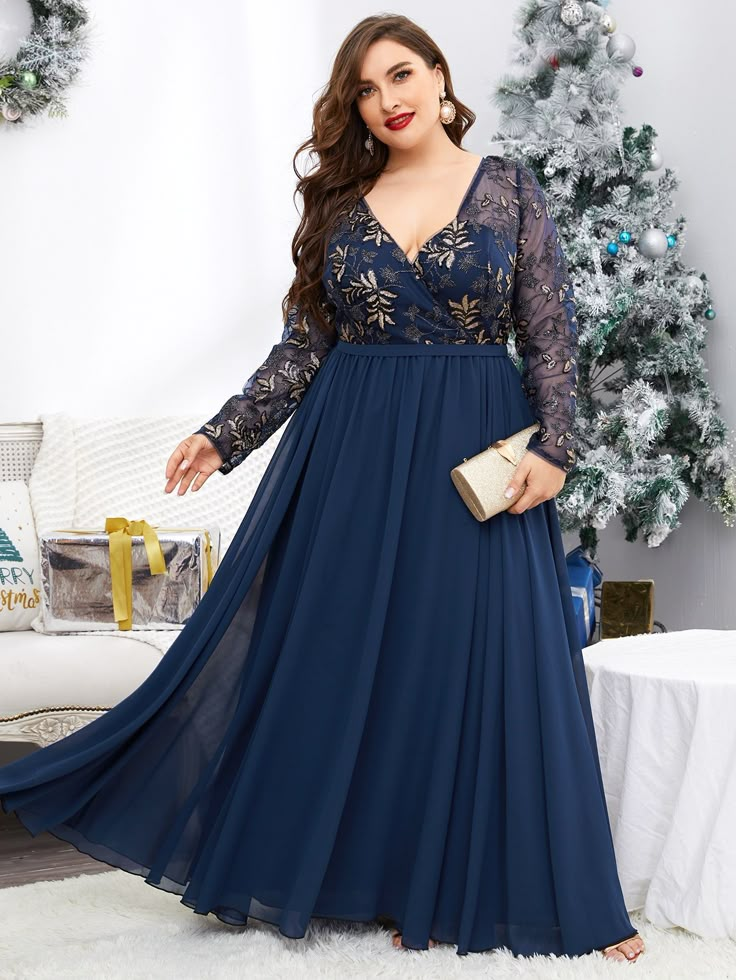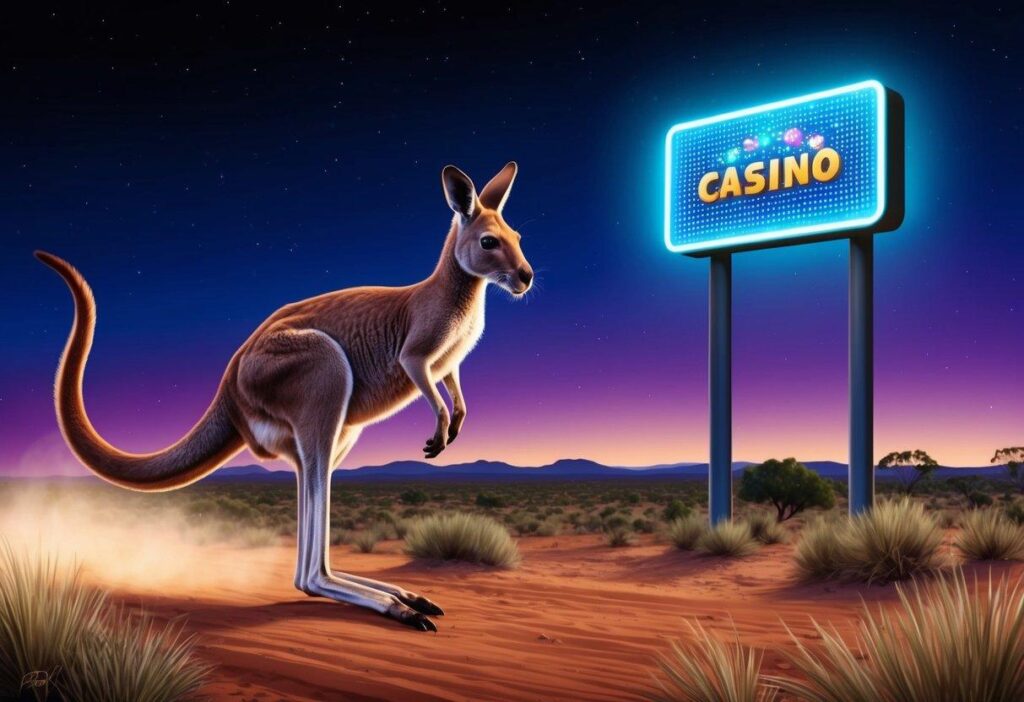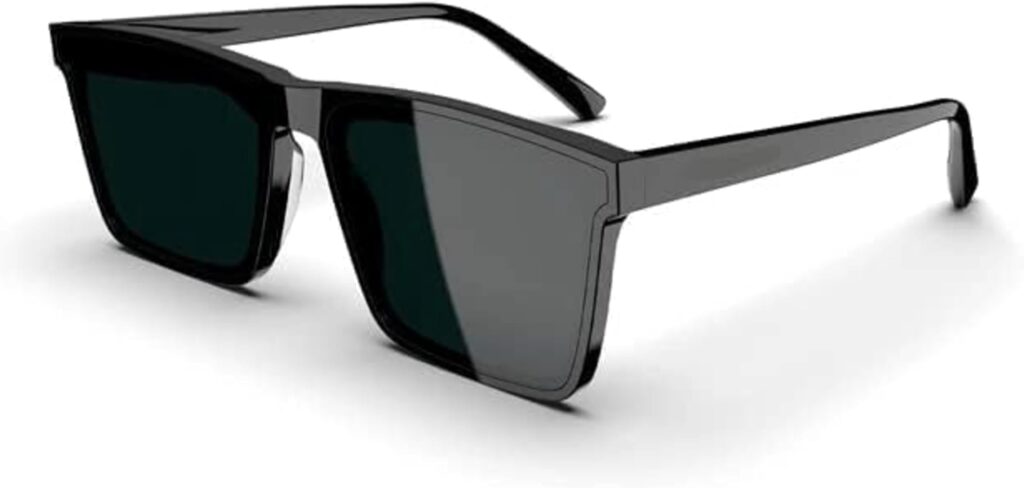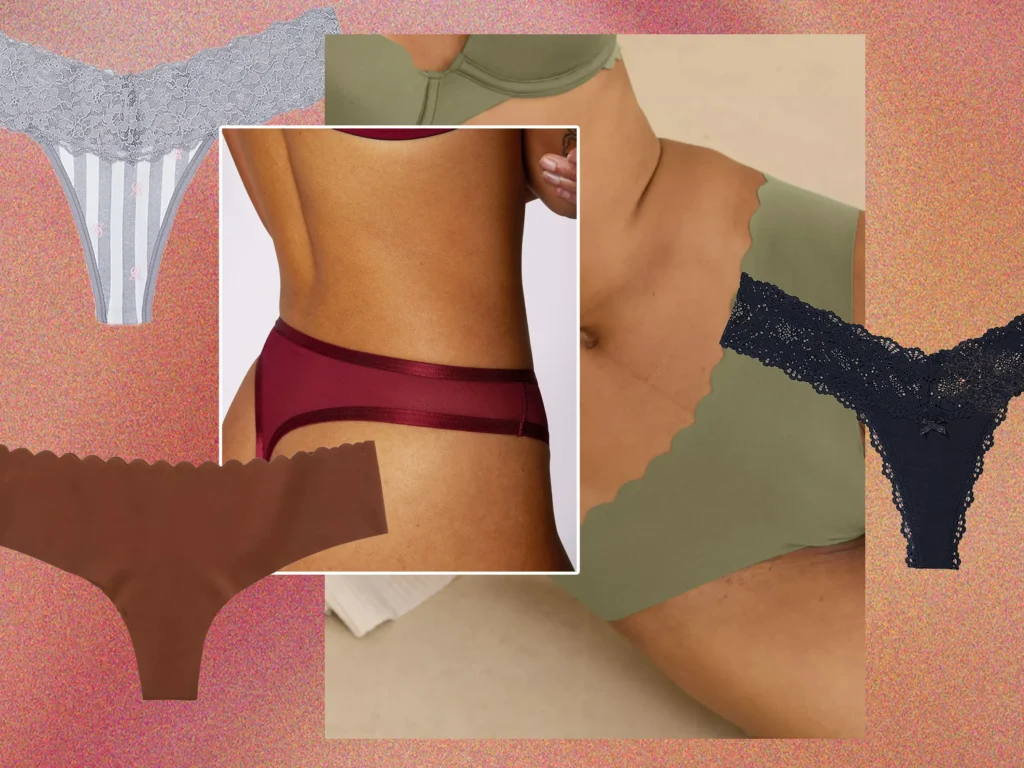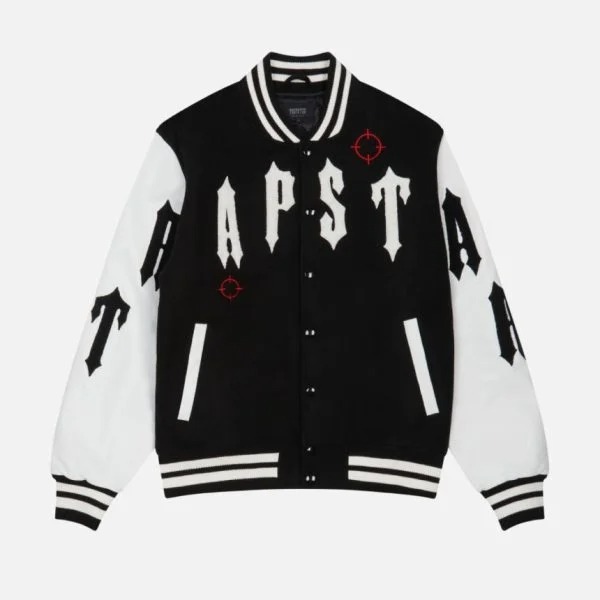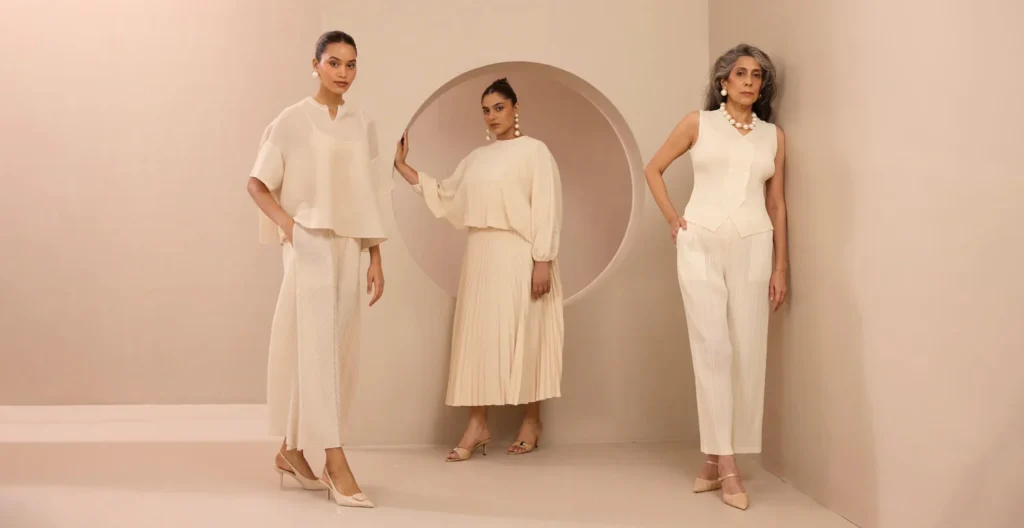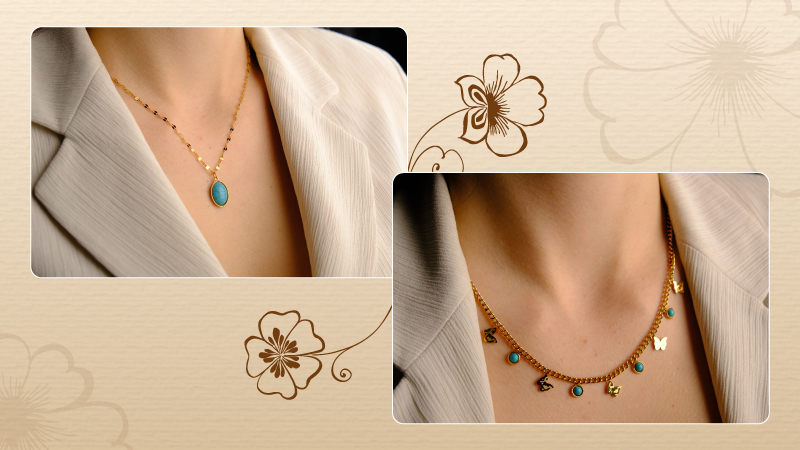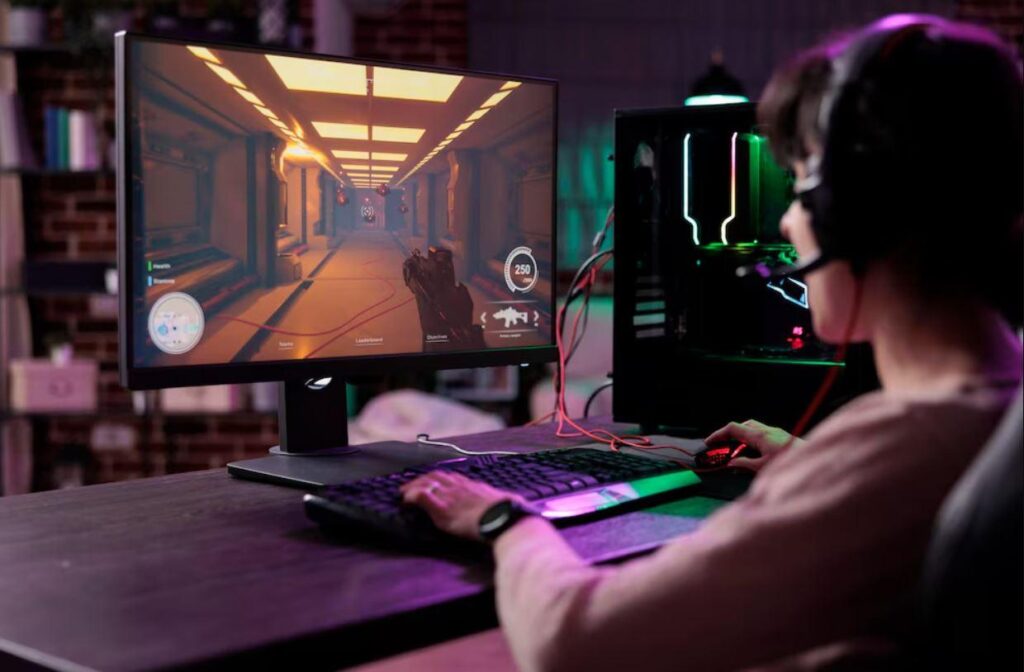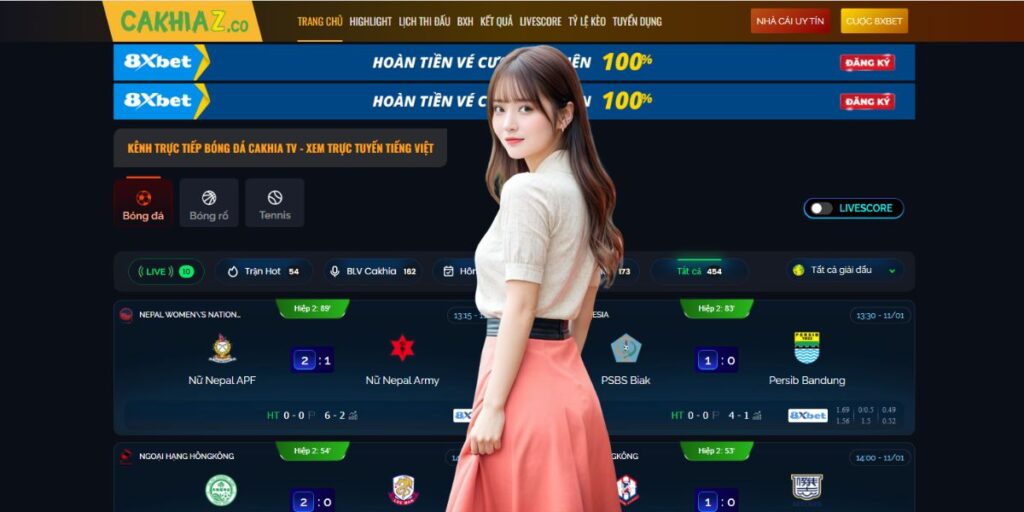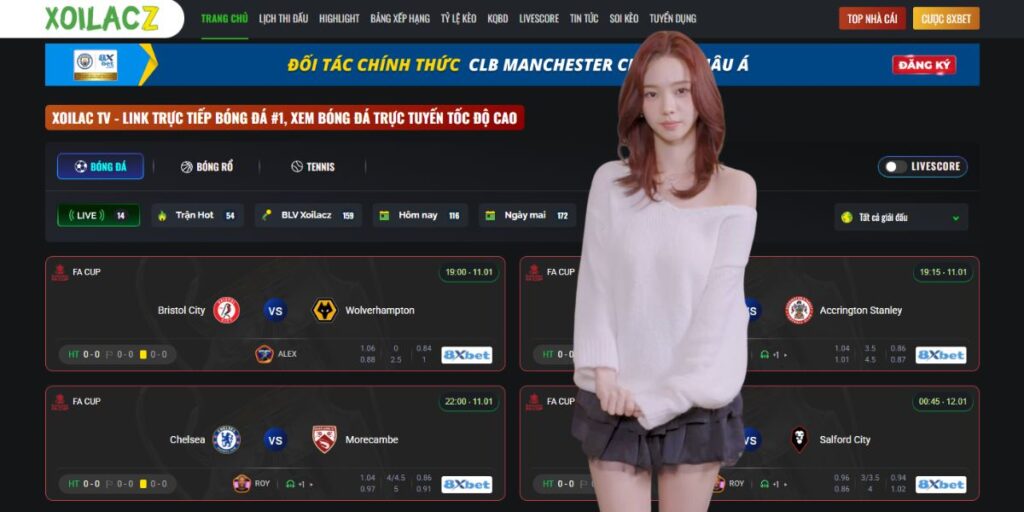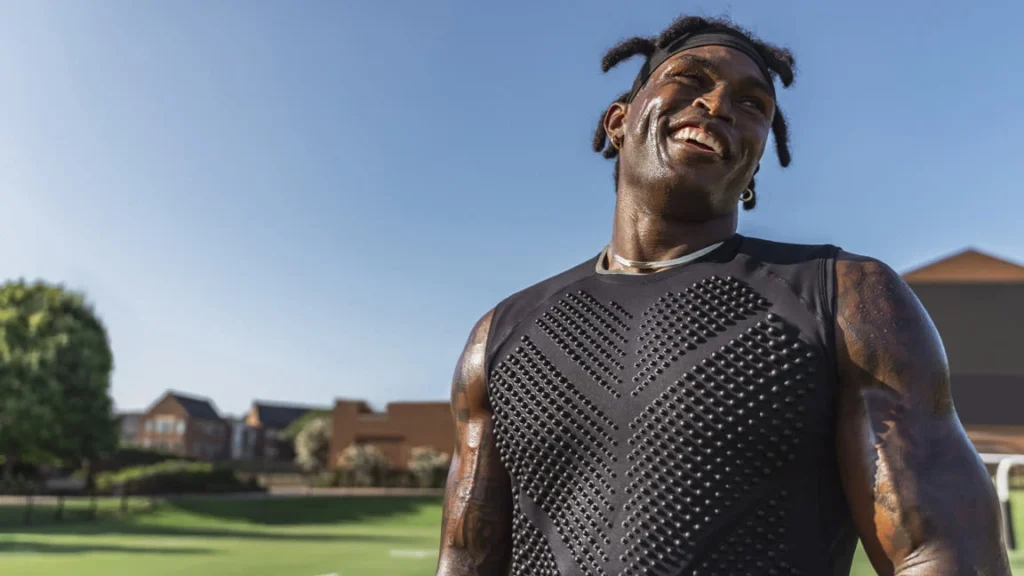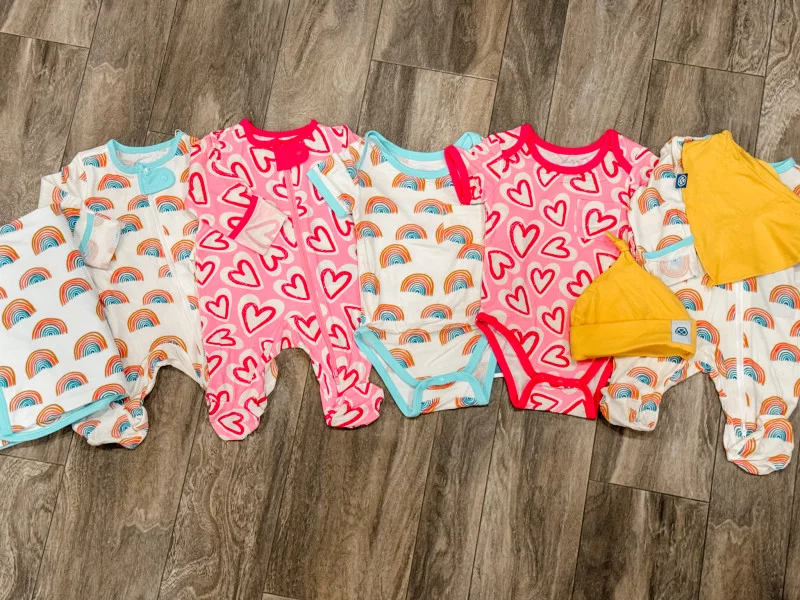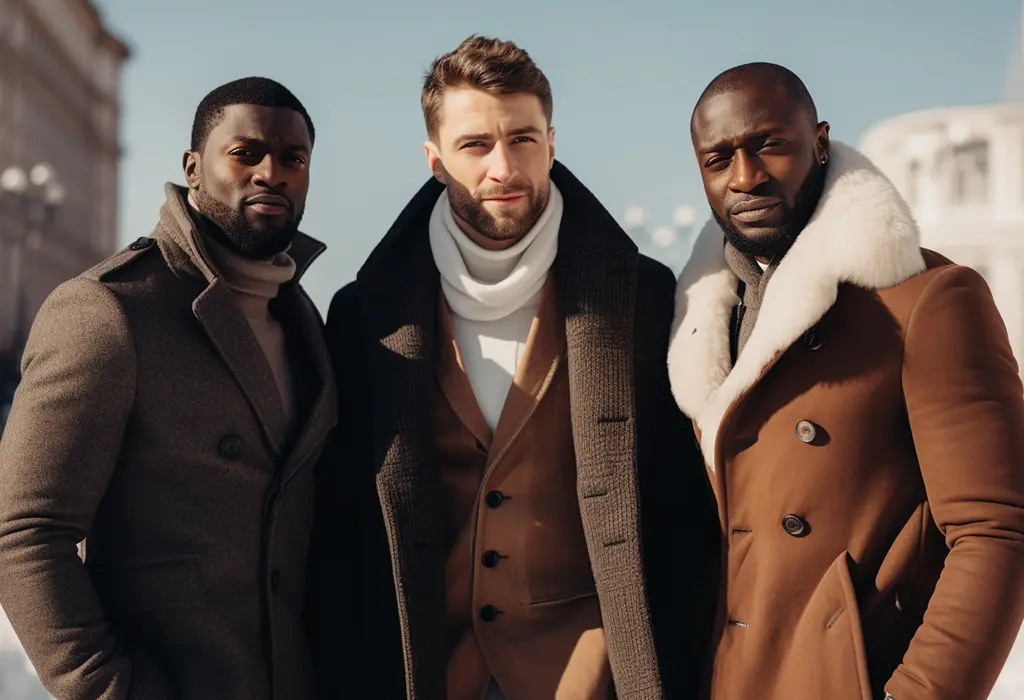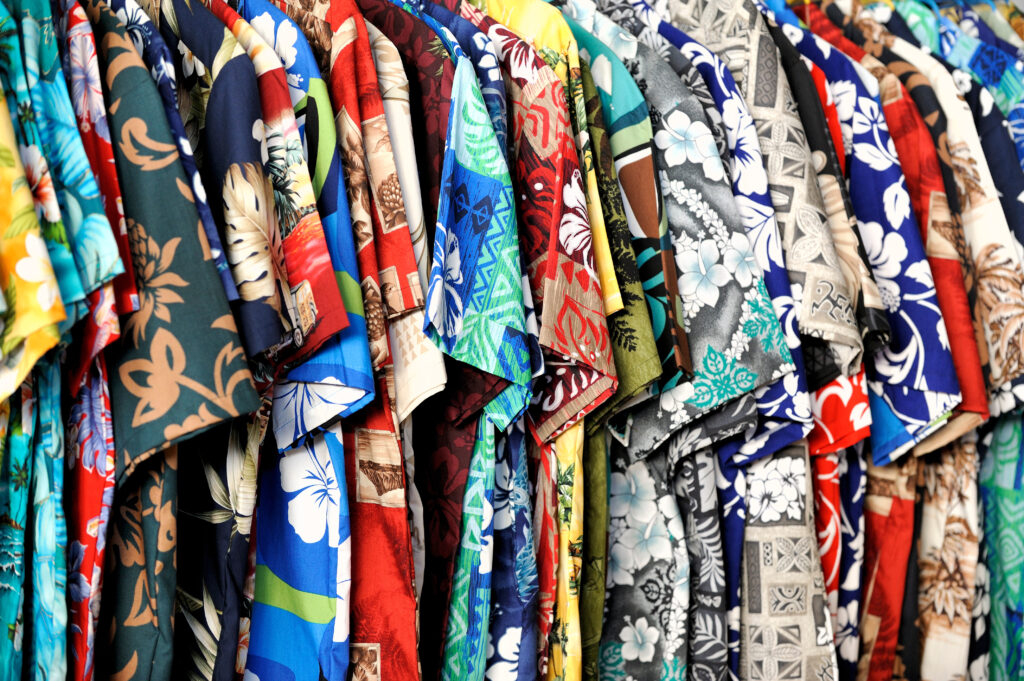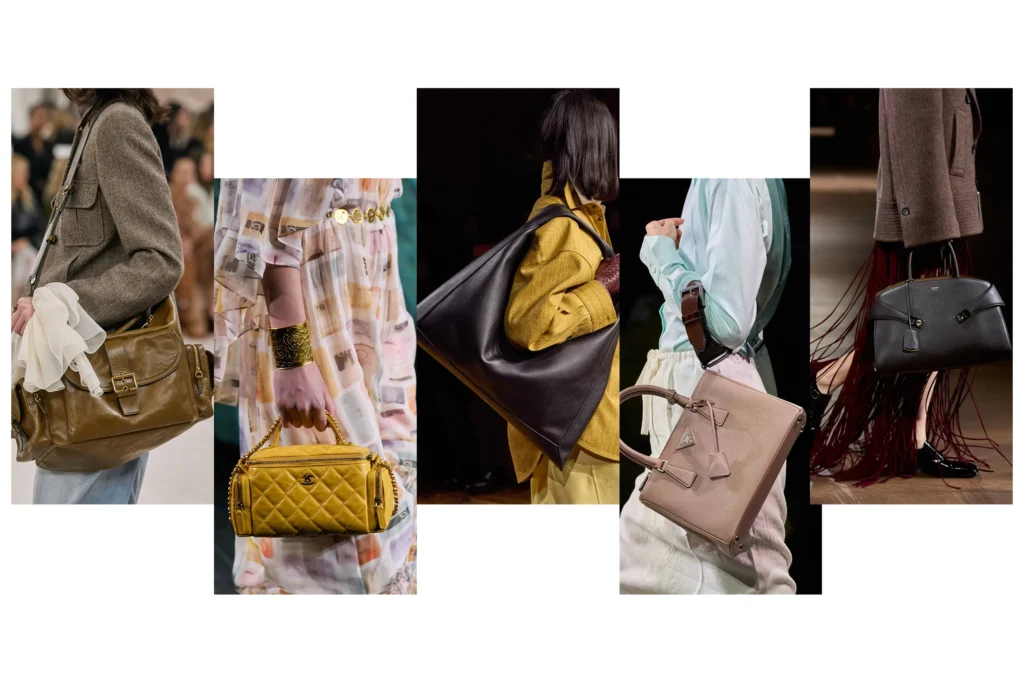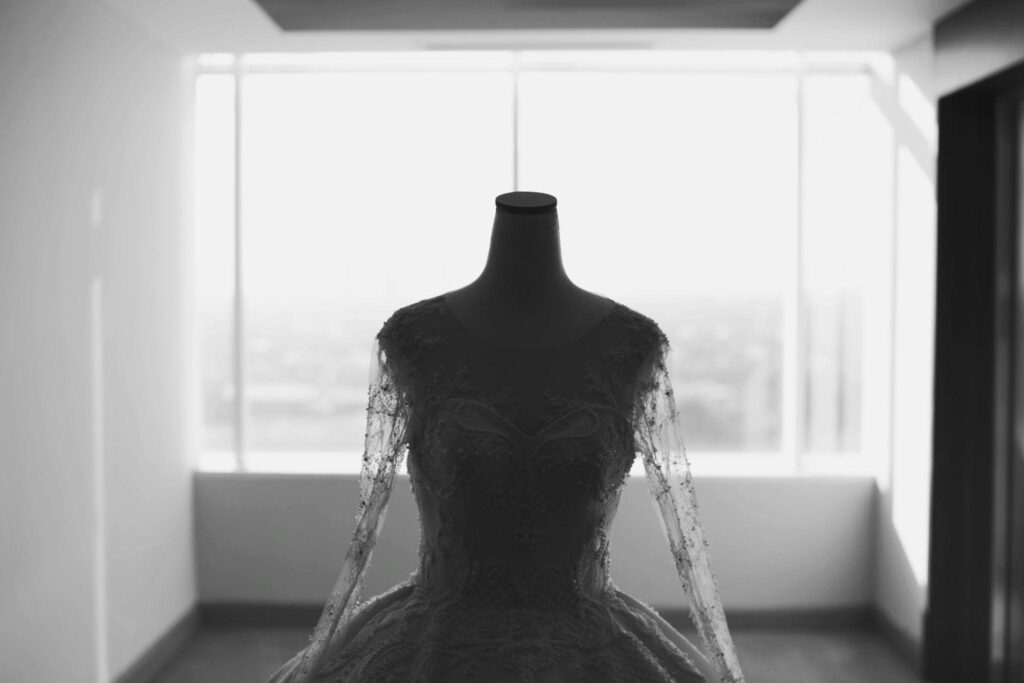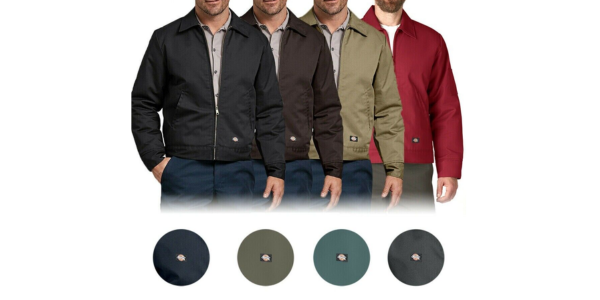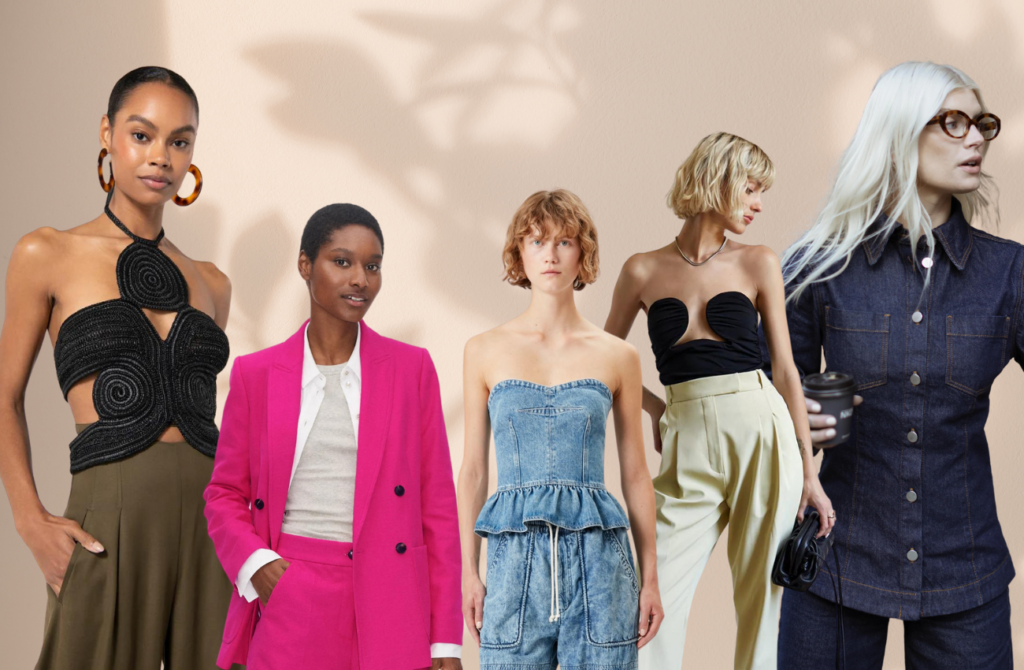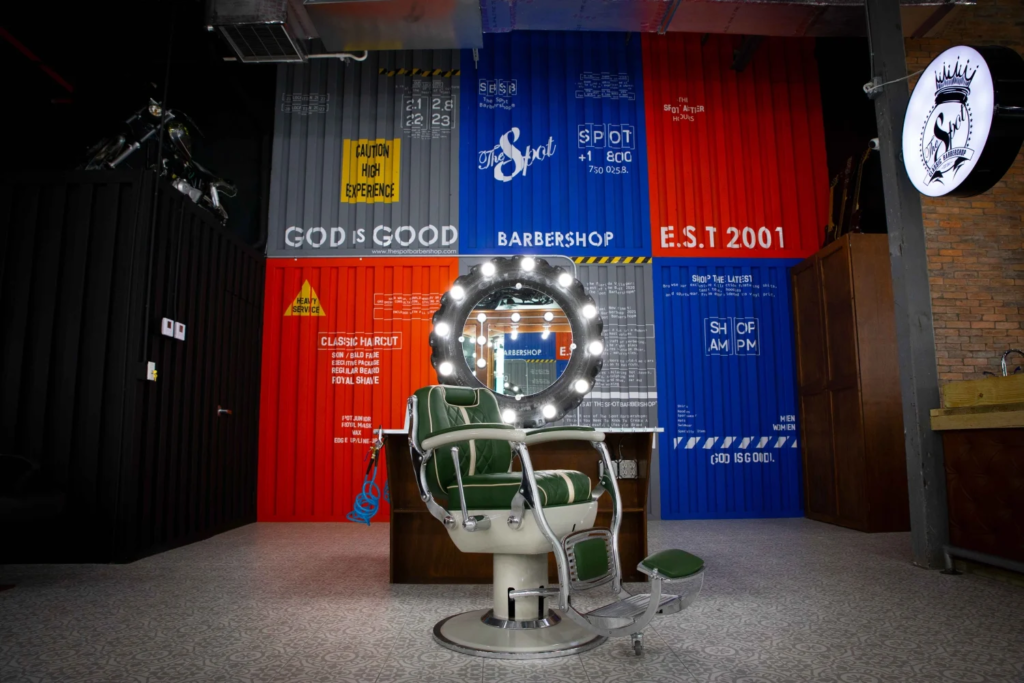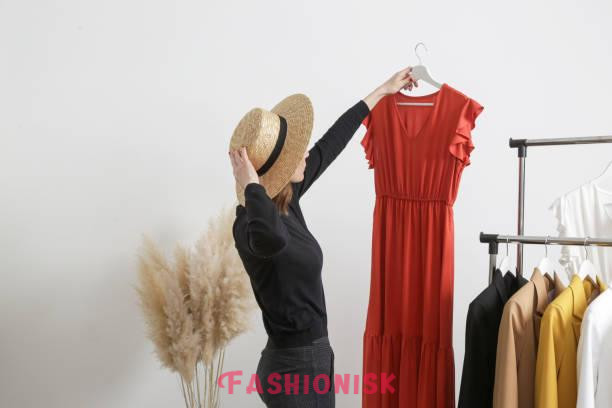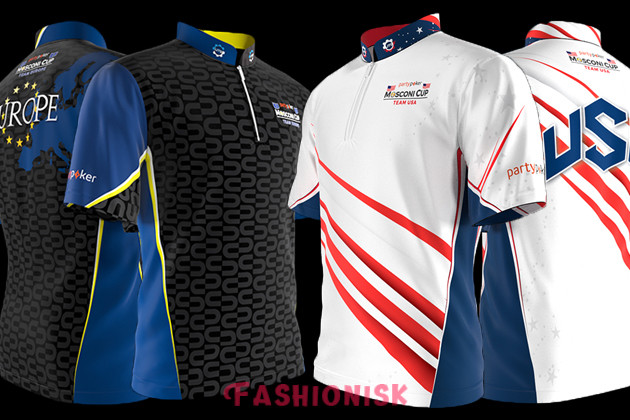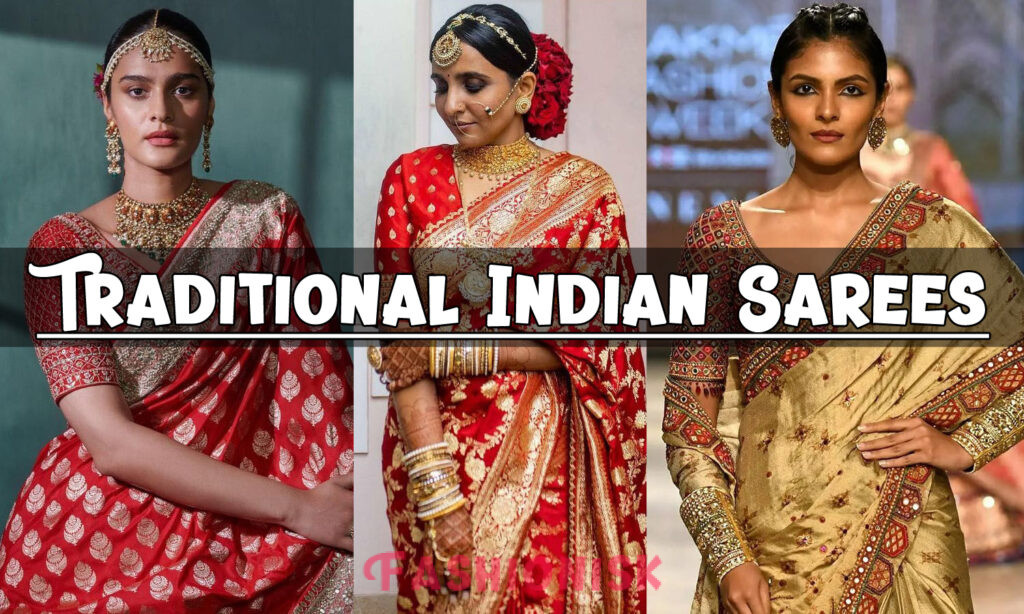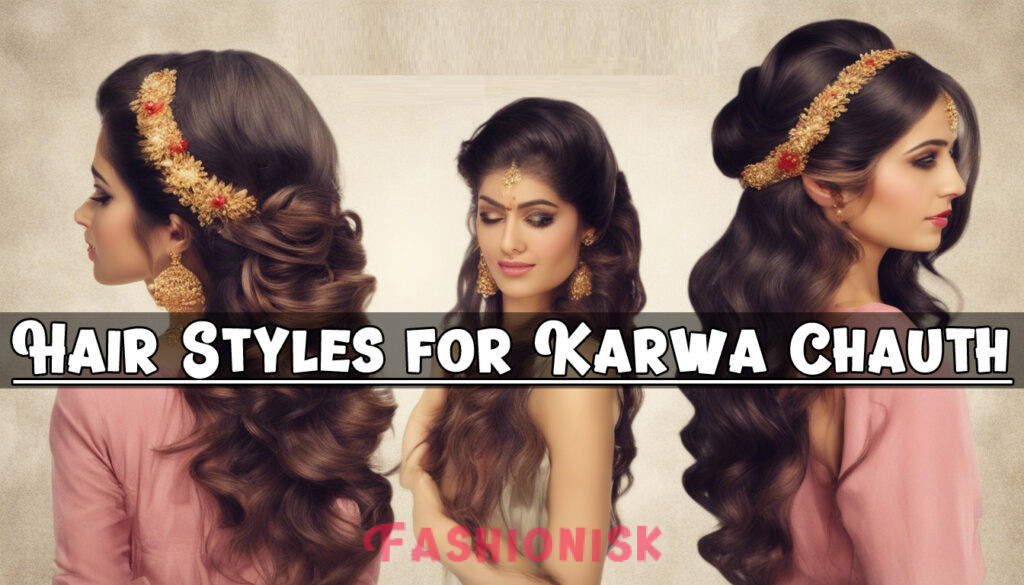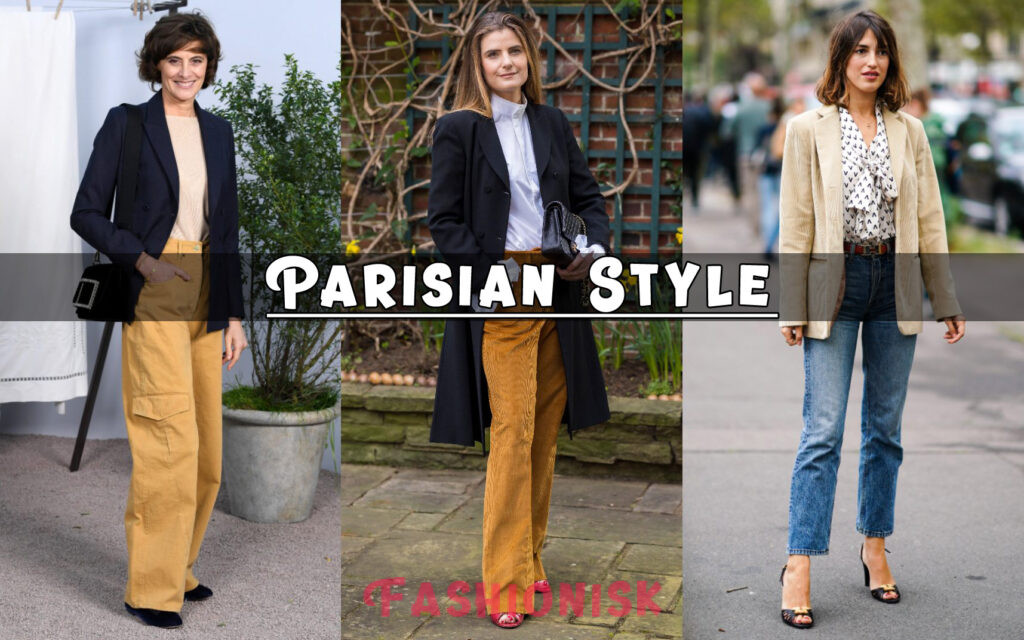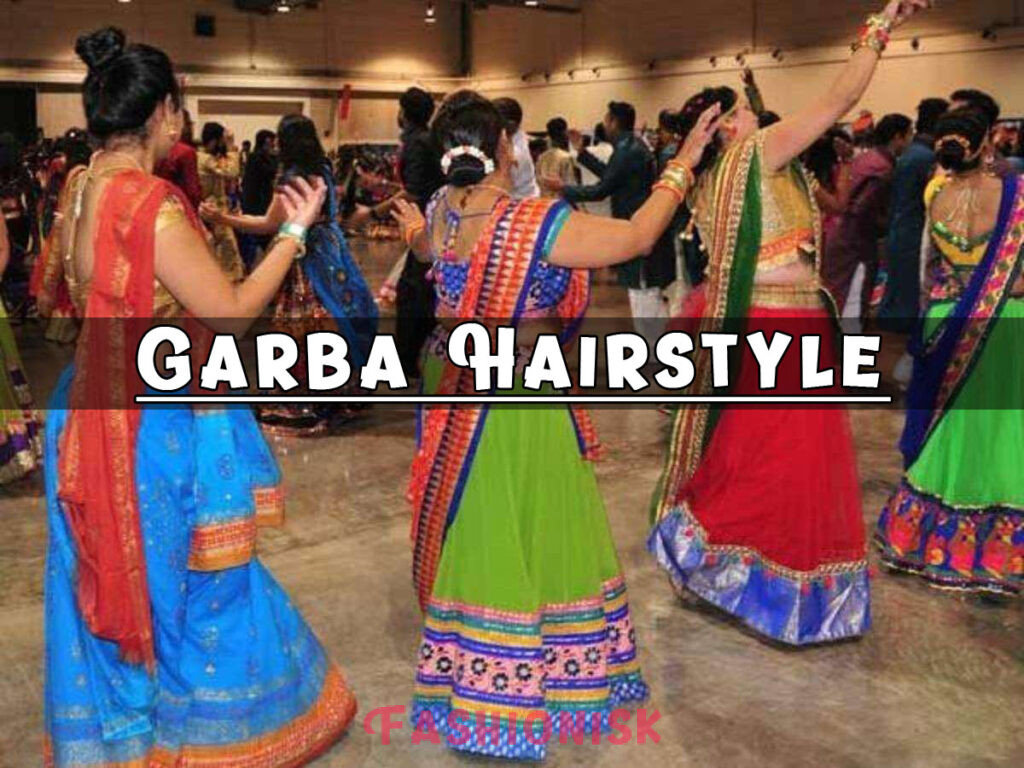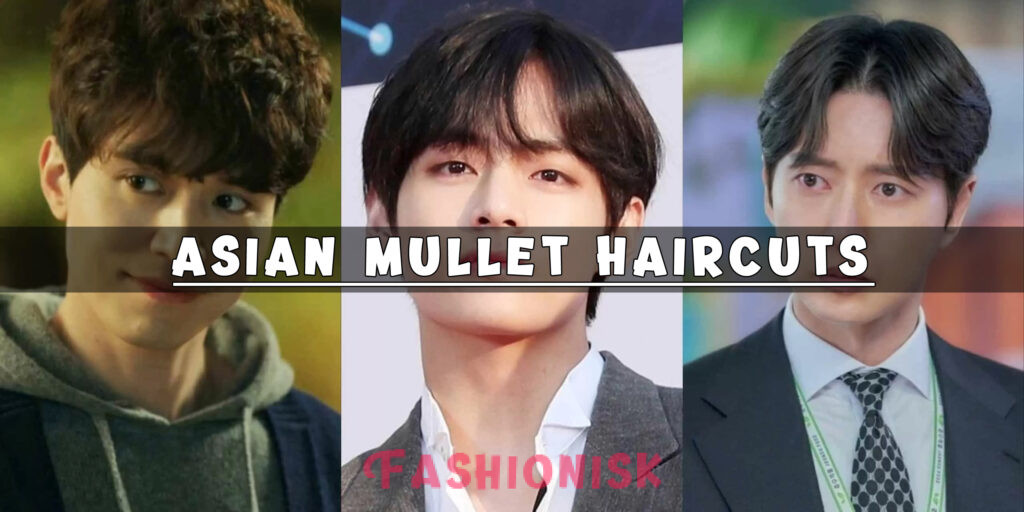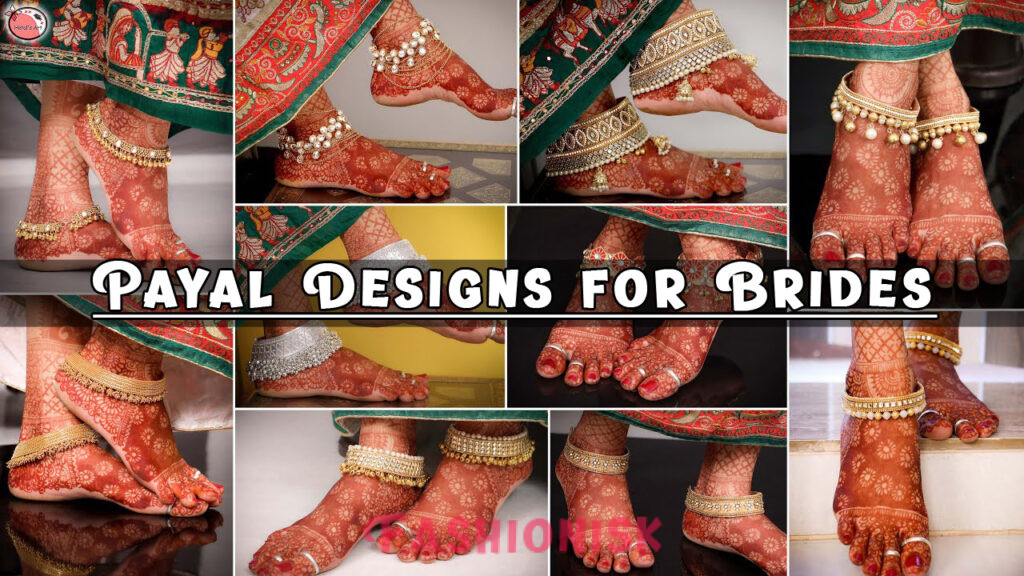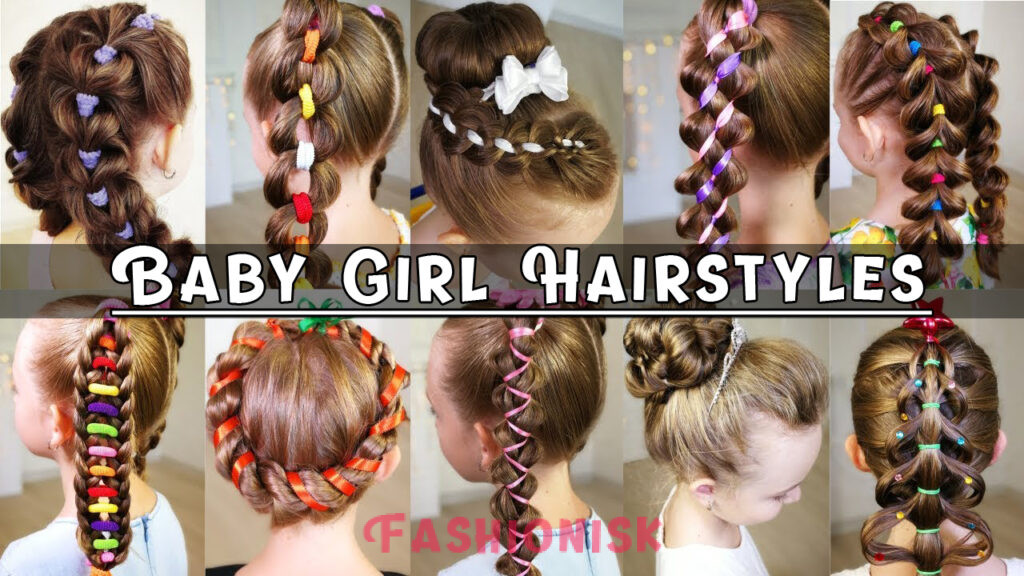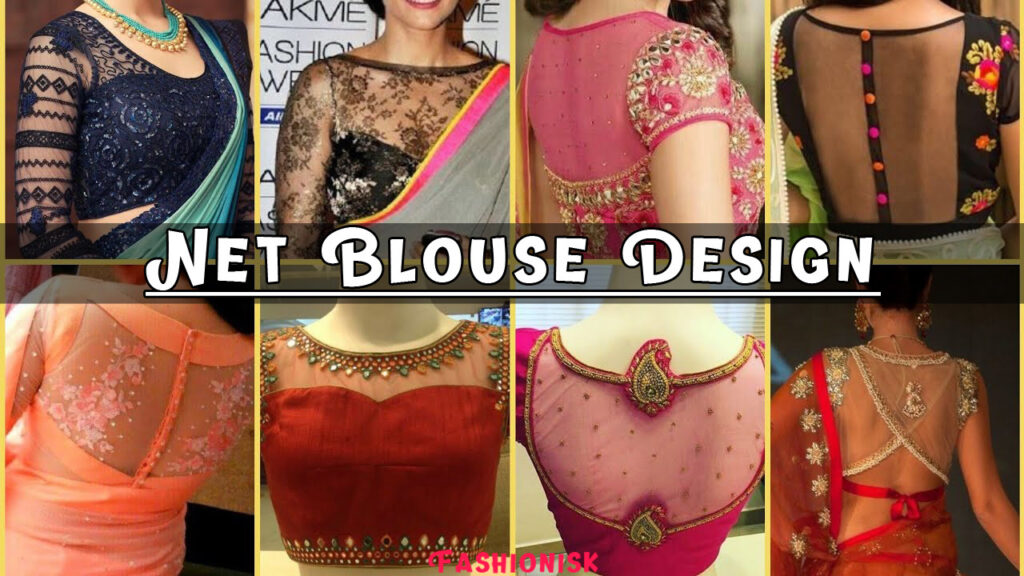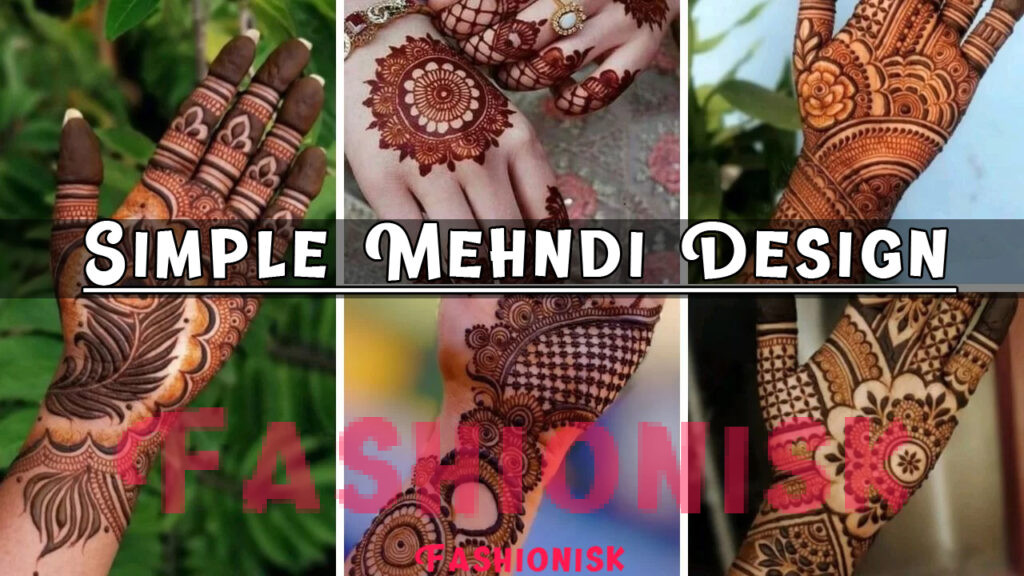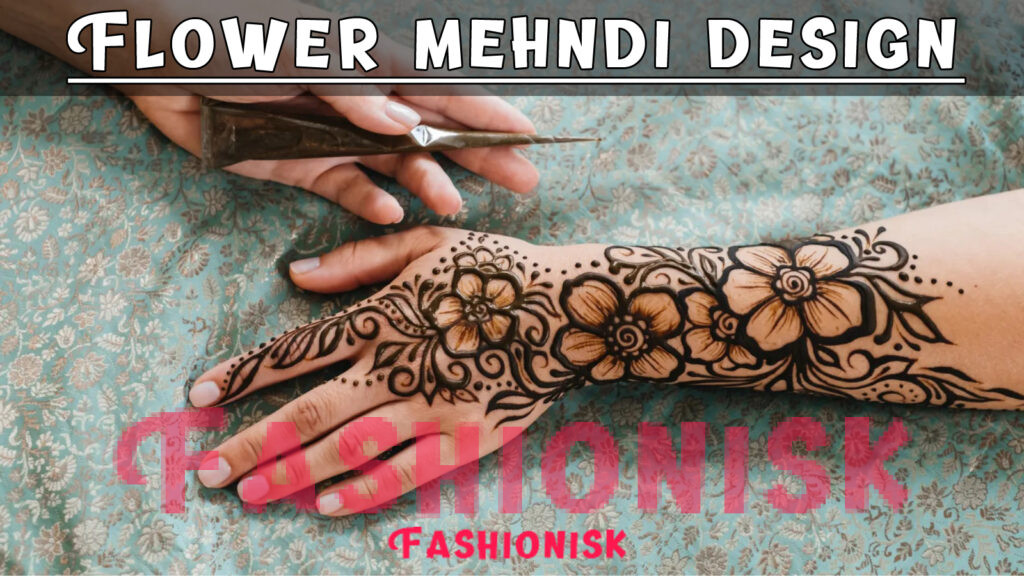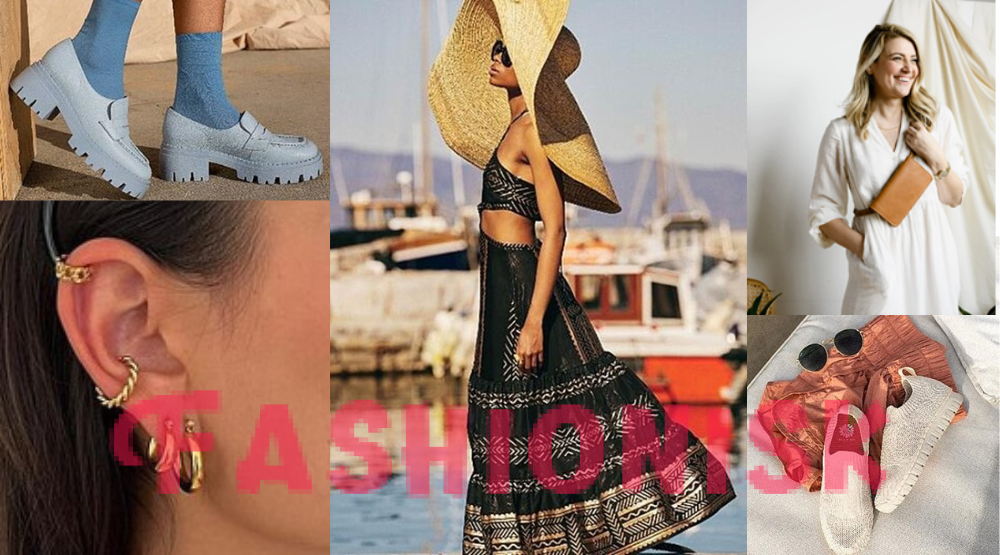Gaming Meets Style: The Rise of Fashion in Gaming

In the dynamic world of gaming, a new trend is taking center stage: the rise of fashion. This trend blends the excitement of gaming with the allure of style, creating a unique experience for players. Betting on their favorite characters’ outfits becomes part of the game’s thrill. Players now invest time in selecting costumes and accessories, making their avatars more than just digital entities. They reflect personal style and preferences.
In this vibrant intersection of gaming and fashion, some players even choose to buy lol smurf accounts to gain access to exclusive skins and outfits, enhancing their in-game personas with unique and stylish appearances.
Fashion in gaming is not just about aesthetics. It’s a statement of identity in a virtual space. Gamers show off their fashion sense in online arenas, making a mark in their digital communities. This surge in fashion-centric gaming is reshaping the industry. It’s turning virtual wardrobes into a playground for creativity and self-expression. The result is a vibrant fusion of gaming and fashion, where style is as crucial as strategy. This evolution marks a new era in gaming, where the lines between real and virtual fashion blur. The superpower generator provides creative and unique superpowers tailored for any scenario, helping to inspire characters, stories, or games.
With league of legends coaching, users can unlock innovative powers and abilities that bring a spark of originality to their projects. It’s a world where style meets play, and fashion becomes a winning strategy.
The Fusion of Fashion and Gaming: Historical Context
Early Depictions of Fashion in Video Games
In the nascent stages of video gaming, fashion was a mere afterthought, with rudimentary graphics rendering simplistic attire. However, these early depictions laid the foundation for fashion’s role in gaming, offering a glimpse into a future where clothing would become a pivotal aspect of character design.
As technology evolved, developers began exploring character AI alternative to enhance the realism and complexity of in-game characters, making fashion not just an aesthetic choice but an integral part of a character’s personality and narrative.
Evolution of Character Customization
As technology progressed, so did the complexity of character customization. Gamers were no longer passive observers but active creators, tailoring their avatars’ appearances to reflect their personal style. This evolution marked a significant milestone in the fusion of fashion and gaming.
Fashion in Mainstream Gaming
Iconic Game Characters and Their Fashion Influence
Characters like Lara Croft and Cloud Strife became fashion icons, their distinct styles influencing both in-game designs and real-world trends. Their sartorial choices became as integral to their identities as their backstories.
In-Game Fashion as a Form of Self-Expression
Fashion in gaming transcended the screen, becoming a medium for self-expression. Players began to curate wardrobes for their avatars, creating virtual alter egos that reflected their desired aesthetics and identities.
The Role of Technology
Advancements in Graphics and Design Tools
Revolutionary graphics and design tools have enabled the creation of intricately detailed and realistic garments, transforming virtual fashion into a true art form. This technological leap has significantly bridged the gap between digital and physical fashion design.
Realism and Detail in Virtual Fashion
With advancements in 3D modeling and texturing, virtual fashion now mirrors the intricacies of real-world garments, complete with lifelike textures and fluid dynamics, offering a new frontier for fashion exploration.
Collaborations Between Fashion and Gaming Industries
High-Profile Brand Collaborations
Luxury brands like Gucci and Louis Vuitton have ventured into the gaming realm, creating exclusive in-game items. These collaborations signify a mutual recognition of the value and influence each industry holds.
Cross-Promotion Benefits
These collaborations offer mutual benefits, with fashion brands accessing new audiences and games enhancing their aesthetic appeal. This symbiosis has paved the way for innovative marketing strategies and expanded creative horizons.
Virtual Fashion Shows
Pioneering Virtual Runways in Games
Video games have become venues for virtual fashion shows, breaking the confines of traditional runways. These digital events offer a glimpse into a future where fashion is democratized and more accessible.
Impact on the Traditional Fashion Industry
These virtual shows challenge conventional fashion norms, encouraging designers to rethink their approach to fashion presentation and distribution in an increasingly digital world.
Economic Impacts
The Market for In-Game Fashion Items
The demand for in-game fashion items has created a lucrative market. Players are willing to spend real money on virtual apparel, making it a significant revenue stream for game developers.
Monetization Strategies and Player Spending
Developers employ various monetization strategies, including limited-edition releases and collaborations, to capitalize on players’ willingness to invest in their virtual appearance.
Fashion as a Narrative Tool
Costuming and Storytelling in Games
Fashion in games is not just about aesthetics; it plays a crucial role in storytelling. Character costumes can provide insights into their personalities, backgrounds, and the game’s setting.
Enhancing Character Development through Fashion
As players progress through a game, their character’s fashion can evolve, reflecting their journey and growth, adding a deeper layer to character development.
Community and Culture
Fan-Created Fashion Content
The gaming community actively participates in the fashion ecosystem, creating and sharing their own designs. This user-generated content enriches the gaming experience and fosters a sense of community.
Online Communities and Fashion Sharing
Online platforms have become hubs for players to showcase their fashion creations and share tips, further cementing fashion’s role in gaming culture.
Inclusivity and Representation
Diversity in Gaming Fashion
The gaming industry is increasingly embracing diversity, offering a wide range of fashion options that cater to different cultures, body types, and gender identities.
Breaking Stereotypes and Promoting Inclusivity
This shift towards inclusivity in gaming fashion is significant, breaking down stereotypes and promoting a more inclusive and representative gaming world.
Future Trends
Emerging Technologies and Their Potential
Emerging technologies like augmented reality and AI are set to revolutionize gaming fashion, offering even more immersive and personalized experiences.
Predictions for Fashion in Gaming
The future of fashion in gaming is poised for continued growth and innovation, potentially influencing and intersecting with real-world fashion trends in unprecedented ways.
Conclusion
In conclusion, the rise of fashion in gaming is more than a fleeting trend; it’s a revolutionary movement that bridges worlds, cultures, and industries. As technology continues to evolve, so too will the ways in which we experience, create, and think about fashion in both the virtual and real world. This intersection of gaming and fashion is not just reshaping the landscape of entertainment and style, but also offering a glimpse into the future of digital and physical interactions.












































































